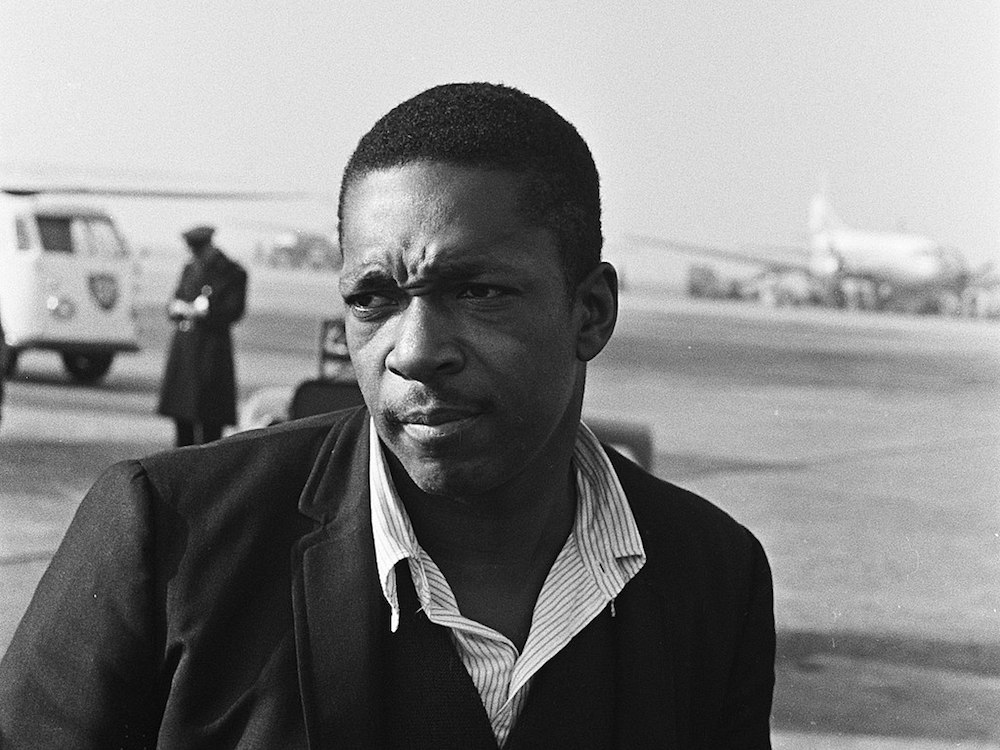We’re away until January 4, but we’re reposting some of our favorite pieces from 2020. Enjoy your holiday!
The first thing you hear is McCoy Tyner’s fingers sounding a tremulous minor chord, hovering at the lower end of the piano’s register. It’s an ominous chord, horror movie shit; hearing it you can’t help but see still water suddenly disturbed by something moving beneath it, threatening to surface. Then the sound of John Coltrane’s saxophone writhes on top: mournful, melismatic, menacing. Serpentine. It winds its way toward a theme but always stops just short, repeatedly approaching something like coherence only to turn away at the last moment. It’s a maddening pattern. Coltrane’s playing assumes the qualities of the human voice, sounding almost like a wail or moan, mourning violence that is looming, that is past, that is atmospheric, that will happen again and again and again.
What are we hearing?
from The Paris Review https://ift.tt/37CobhT

Comments
Post a Comment